Foreword: Anyone who delves into its history soon comes to realize how much — shall we call it “blarney” — has always been involved in selling whiskey. Whether it was linking a brand to an ancient recipe, ascribing it to some historical figure, or claiming it cured serious diseases, distillers, liquor dealers and saloon keepers were notable for stretching the truth, sometimes ruthlessly. Thus when a pre-Prohibition whiskey man was being candid about his whiskey, it deserves attention. Following are three examples of “telling how it was,” each with its own perspective.
It has always been a mystery to me how Western saloons, often located in isolated mining camps or other communities with no easy access to the outside world, managed to get the liquor needed to satisfy their thirsty clientele. For many “Old West” locations, railroads were distant, stage coaches sporadic, and mule trains infrequent. The answer may lie with Sam Jaggers, a saloonkeeper and liquor dealer in the mining town of Bannack, Montana, during the 1860s.
 |
| Bannack Montana |
In 1903, Jaggers gave an extensive interview to reporters for the Dillon (Montana) Examiner in which he described the life of a frontier saloonkeeper and confided: “I now want to tell you boys about how we made our liquors…,” adding humorously I suspect, “…and I am sure you will not give it away.”
 According to Jaggers, all the liquors coming to Bannack saloons originated from Los Angeles in a form he called “high wines,” in effect, “white lightening.” “Once the high wines had been safely landed in our cellars, us saloon keepers set about making various liquors demanded by the horny-handed miners….If a man wanted any kind of liquor, he got it, and it did not make any difference whether he asked for whiskey, brandy, rum, gin or some brand of wine, he got it, and it all came originally from the same barrel.” The taste could be altered, Jaggers said, by the amount of fusel oil the proprietor added, a mixture of alcohols extracted from the fermentation process.
According to Jaggers, all the liquors coming to Bannack saloons originated from Los Angeles in a form he called “high wines,” in effect, “white lightening.” “Once the high wines had been safely landed in our cellars, us saloon keepers set about making various liquors demanded by the horny-handed miners….If a man wanted any kind of liquor, he got it, and it did not make any difference whether he asked for whiskey, brandy, rum, gin or some brand of wine, he got it, and it all came originally from the same barrel.” The taste could be altered, Jaggers said, by the amount of fusel oil the proprietor added, a mixture of alcohols extracted from the fermentation process.
 Remembering events in 1867 Jaggers continued, “…There was a whiskey famine in the territory and for while it seemed as if a dire calamity was staring the country in the face.” Hearing that there were two barrels of whiskey for sale at Deer Lodge, Montana, Sam in haste made the 115 mile journey there on horseback and bought the whiskey for $750 in gold dust— equivalent to $16,500 today. One of the barrels was good stuff, he related, but the other was the worst whiskey he had ever tasted. While the liquor was being delivered, Jaggers got an idea. He bought two cases of peaches and returning to Bannack mashed them into pulp and dumped them into the rot-gut, mixing them well. “…The result was it was converted into a whiskey that miners would walk ten miles after the close of a hard day’s work in order to pay 25 cents for a sample of it.”
Remembering events in 1867 Jaggers continued, “…There was a whiskey famine in the territory and for while it seemed as if a dire calamity was staring the country in the face.” Hearing that there were two barrels of whiskey for sale at Deer Lodge, Montana, Sam in haste made the 115 mile journey there on horseback and bought the whiskey for $750 in gold dust— equivalent to $16,500 today. One of the barrels was good stuff, he related, but the other was the worst whiskey he had ever tasted. While the liquor was being delivered, Jaggers got an idea. He bought two cases of peaches and returning to Bannack mashed them into pulp and dumped them into the rot-gut, mixing them well. “…The result was it was converted into a whiskey that miners would walk ten miles after the close of a hard day’s work in order to pay 25 cents for a sample of it.”
 In Gardnerville, Nevada, Chris J. “Big Swede” Jesperson, a saloonkeeper described as always “out of humor and a grouch for fair” was asked by a young Easterner what kind of whiskey he stocked. Jesperson answered with a response captured by a reporter for the Gardnerville, Nevada, Record Courier of February 18, 1908:
In Gardnerville, Nevada, Chris J. “Big Swede” Jesperson, a saloonkeeper described as always “out of humor and a grouch for fair” was asked by a young Easterner what kind of whiskey he stocked. Jesperson answered with a response captured by a reporter for the Gardnerville, Nevada, Record Courier of February 18, 1908:
“Why you rosy cheeked lummox, we’ve got all kinds of whiskey; we’ve got common ordinary, everyday whiskey, the kind that killed father at the age of 95. We’ve got wisdom whiskey, the kind that makes the absorber think he’s backed Solomon off the map. Throw some of it under your belt and in ten minutes you’ll be wondering why they didn’t make you president instead of Teddy. We’ve got whiskerbroom whiskey, the kind that makes you throw a fit on the floor and when you get up you dust your clothes off with a whiskerbroom.
“We’ve got honest whiskey, the kind that causes a man to pay debts when he’s drunk, and to kick him all over the lot when he’s sober. We’ve got fool whiskey, the kind that causes your dear neighbor to lead you off somewhere in Pine Nut Hills and whisper in your waiting ear a piece of news that was all over town the day before. Then we’ve got lovin’ whiskey, the kind that makes some lobster crawl up to you, put his arm around your neck and blow a breath into your face that would drive a turkey buzzard away from a dead coyote or stampede the employes of a glue factory.

“We’ve got fightin’ whiskey, the kind that gets action on Tobe Ward [a race horse] or make an Antelope Valley cowboy haul out his sixshooter and plug out the lights. We’ve got crying whiskey, the kind that makes a tenderfoot shed tears of anguish and sorrow whenever he hears a funny story. We’ve got sporting whiskey, the kind that makes you want to tackle the wheel or craps. Why, gol durn it, we’ve got the biggest stock in Nevada.”
 The ultimate in candor about whiskey came from Pierre Lacour, a New Orleans entrepreneur. The secret behind Lacour’s liquor was that it did not require any whiskey at all, just raw alcohol he called “neutral spirits.” Lacour’s book, “The Manufacture of Liquors, Wines and Cordials without the Aid of Distillation,” first published in 1853, listed dozens of “recipes” for making liquor without the onerous and time consuming process of distilling. Among them are instructions for making three American whiskeys:
The ultimate in candor about whiskey came from Pierre Lacour, a New Orleans entrepreneur. The secret behind Lacour’s liquor was that it did not require any whiskey at all, just raw alcohol he called “neutral spirits.” Lacour’s book, “The Manufacture of Liquors, Wines and Cordials without the Aid of Distillation,” first published in 1853, listed dozens of “recipes” for making liquor without the onerous and time consuming process of distilling. Among them are instructions for making three American whiskeys:
1. Old Bourbon Whiskey: Neutral Spirits, four gallons; refined sugar, three pounds; dissolved in water, three quarts; decoction of tea, one pint; three drops of oil of wintergreen, dissolved in one ounce of alcohol; color with tincture of cochineal, two ounces; burnt sugar, three ounces.
 2. Monogahela Whiskey: Neutral spirits, four gallons; honey three pints, dissolved in water, one gallon; rum, half gallon; nitric ether, half an ounce. This is to be colored to suit fancy. Some customers prefer this whiskey transparent; while some like it just perceptibly ringed with brown; while others, again, want it rather deep, and partaking of red. [The red would be supplied by crushed, dried cochineal bugs, shown here, an insect that lives on cacti in Mexico and Central America.]
2. Monogahela Whiskey: Neutral spirits, four gallons; honey three pints, dissolved in water, one gallon; rum, half gallon; nitric ether, half an ounce. This is to be colored to suit fancy. Some customers prefer this whiskey transparent; while some like it just perceptibly ringed with brown; while others, again, want it rather deep, and partaking of red. [The red would be supplied by crushed, dried cochineal bugs, shown here, an insect that lives on cacti in Mexico and Central America.]
3. Oronoko Rye: Neutral spirits, four gallons; refined sugar, three and a half pounds, dissolved in water to dissolve three pints; decoction of tea, one pint; burnt sugar, four ounces; oil of pear, half an ounce, dissolved in an ounce of alcohol.
Michael Veach of the Filson Historical Society and an expert on whiskey history suggests the important of understanding what Lacour, Jaggers, and perhap even Jesperson, were imparting with their candor. First, they tell us some of the ingredients being used to concoct knockoff whiskey in the pre-Prohibition era. Second, they suggest that the validation of a whiskey was not how and of what it was made but the reaction of the customer on the barstool.
Note: Longer articles on each of the three whiskey men featured here may be found elsewhere on this blog: Sam Jaggers, December 12, 2019; Chris “Big Swede” Jesperson, May 1, 2021, and Pierre Lacour, December 20, 2021.
Foreword: Anyone who delves into its history soon comes to realize how much — shall we call it “blarney” — has always been involved in selling whiskey. Whether it was linking a brand to an ancient recipe, ascribing it to some historical figure, or claiming it cured serious diseases, distillers, liquor dealers and saloon keepers were notable for stretching the truth, sometimes ruthlessly. Thus when a pre-Prohibition whiskey man was being candid about his whiskey, it deserves attention. Following are three examples of “telling how it was,” each with its own perspective.
It has always been a mystery to me how Western saloons, often located in isolated mining camps or other communities with no easy access to the outside world, managed to get the liquor needed to satisfy their thirsty clientele. For many “Old West” locations, railroads were distant, stage coaches sporadic, and mule trains infrequent. The answer may lie with Sam Jaggers, a saloonkeeper and liquor dealer in the mining town of Bannack, Montana, during the 1860s.
 |
| Bannack Montana |
In 1903, Jaggers gave an extensive interview to reporters for the Dillon (Montana) Examiner in which he described the life of a frontier saloonkeeper and confided: “I now want to tell you boys about how we made our liquors…,” adding humorously I suspect, “…and I am sure you will not give it away.”
 According to Jaggers, all the liquors coming to Bannack saloons originated from Los Angeles in a form he called “high wines,” in effect, “white lightening.” “Once the high wines had been safely landed in our cellars, us saloon keepers set about making various liquors demanded by the horny-handed miners….If a man wanted any kind of liquor, he got it, and it did not make any difference whether he asked for whiskey, brandy, rum, gin or some brand of wine, he got it, and it all came originally from the same barrel.” The taste could be altered, Jaggers said, by the amount of fusel oil the proprietor added, a mixture of alcohols extracted from the fermentation process.
According to Jaggers, all the liquors coming to Bannack saloons originated from Los Angeles in a form he called “high wines,” in effect, “white lightening.” “Once the high wines had been safely landed in our cellars, us saloon keepers set about making various liquors demanded by the horny-handed miners….If a man wanted any kind of liquor, he got it, and it did not make any difference whether he asked for whiskey, brandy, rum, gin or some brand of wine, he got it, and it all came originally from the same barrel.” The taste could be altered, Jaggers said, by the amount of fusel oil the proprietor added, a mixture of alcohols extracted from the fermentation process.
 Remembering events in 1867 Jaggers continued, “…There was a whiskey famine in the territory and for while it seemed as if a dire calamity was staring the country in the face.” Hearing that there were two barrels of whiskey for sale at Deer Lodge, Montana, Sam in haste made the 115 mile journey there on horseback and bought the whiskey for $750 in gold dust— equivalent to $16,500 today. One of the barrels was good stuff, he related, but the other was the worst whiskey he had ever tasted. While the liquor was being delivered, Jaggers got an idea. He bought two cases of peaches and returning to Bannack mashed them into pulp and dumped them into the rot-gut, mixing them well. “…The result was it was converted into a whiskey that miners would walk ten miles after the close of a hard day’s work in order to pay 25 cents for a sample of it.”
Remembering events in 1867 Jaggers continued, “…There was a whiskey famine in the territory and for while it seemed as if a dire calamity was staring the country in the face.” Hearing that there were two barrels of whiskey for sale at Deer Lodge, Montana, Sam in haste made the 115 mile journey there on horseback and bought the whiskey for $750 in gold dust— equivalent to $16,500 today. One of the barrels was good stuff, he related, but the other was the worst whiskey he had ever tasted. While the liquor was being delivered, Jaggers got an idea. He bought two cases of peaches and returning to Bannack mashed them into pulp and dumped them into the rot-gut, mixing them well. “…The result was it was converted into a whiskey that miners would walk ten miles after the close of a hard day’s work in order to pay 25 cents for a sample of it.”
 In Gardnerville, Nevada, Chris J. “Big Swede” Jesperson, a saloonkeeper described as always “out of humor and a grouch for fair” was asked by a young Easterner what kind of whiskey he stocked. Jesperson answered with a response captured by a reporter for the Gardnerville, Nevada, Record Courier of February 18, 1908:
In Gardnerville, Nevada, Chris J. “Big Swede” Jesperson, a saloonkeeper described as always “out of humor and a grouch for fair” was asked by a young Easterner what kind of whiskey he stocked. Jesperson answered with a response captured by a reporter for the Gardnerville, Nevada, Record Courier of February 18, 1908:
“Why you rosy cheeked lummox, we’ve got all kinds of whiskey; we’ve got common ordinary, everyday whiskey, the kind that killed father at the age of 95. We’ve got wisdom whiskey, the kind that makes the absorber think he’s backed Solomon off the map. Throw some of it under your belt and in ten minutes you’ll be wondering why they didn’t make you president instead of Teddy. We’ve got whiskerbroom whiskey, the kind that makes you throw a fit on the floor and when you get up you dust your clothes off with a whiskerbroom.
“We’ve got honest whiskey, the kind that causes a man to pay debts when he’s drunk, and to kick him all over the lot when he’s sober. We’ve got fool whiskey, the kind that causes your dear neighbor to lead you off somewhere in Pine Nut Hills and whisper in your waiting ear a piece of news that was all over town the day before. Then we’ve got lovin’ whiskey, the kind that makes some lobster crawl up to you, put his arm around your neck and blow a breath into your face that would drive a turkey buzzard away from a dead coyote or stampede the employes of a glue factory.

“We’ve got fightin’ whiskey, the kind that gets action on Tobe Ward [a race horse] or make an Antelope Valley cowboy haul out his sixshooter and plug out the lights. We’ve got crying whiskey, the kind that makes a tenderfoot shed tears of anguish and sorrow whenever he hears a funny story. We’ve got sporting whiskey, the kind that makes you want to tackle the wheel or craps. Why, gol durn it, we’ve got the biggest stock in Nevada.”
 The ultimate in candor about whiskey came from Pierre Lacour, a New Orleans entrepreneur. The secret behind Lacour’s liquor was that it did not require any whiskey at all, just raw alcohol he called “neutral spirits.” Lacour’s book, “The Manufacture of Liquors, Wines and Cordials without the Aid of Distillation,” first published in 1853, listed dozens of “recipes” for making liquor without the onerous and time consuming process of distilling. Among them are instructions for making three American whiskeys:
The ultimate in candor about whiskey came from Pierre Lacour, a New Orleans entrepreneur. The secret behind Lacour’s liquor was that it did not require any whiskey at all, just raw alcohol he called “neutral spirits.” Lacour’s book, “The Manufacture of Liquors, Wines and Cordials without the Aid of Distillation,” first published in 1853, listed dozens of “recipes” for making liquor without the onerous and time consuming process of distilling. Among them are instructions for making three American whiskeys:
1. Old Bourbon Whiskey: Neutral Spirits, four gallons; refined sugar, three pounds; dissolved in water, three quarts; decoction of tea, one pint; three drops of oil of wintergreen, dissolved in one ounce of alcohol; color with tincture of cochineal, two ounces; burnt sugar, three ounces.
 2. Monogahela Whiskey: Neutral spirits, four gallons; honey three pints, dissolved in water, one gallon; rum, half gallon; nitric ether, half an ounce. This is to be colored to suit fancy. Some customers prefer this whiskey transparent; while some like it just perceptibly ringed with brown; while others, again, want it rather deep, and partaking of red. [The red would be supplied by crushed, dried cochineal bugs, shown here, an insect that lives on cacti in Mexico and Central America.]
2. Monogahela Whiskey: Neutral spirits, four gallons; honey three pints, dissolved in water, one gallon; rum, half gallon; nitric ether, half an ounce. This is to be colored to suit fancy. Some customers prefer this whiskey transparent; while some like it just perceptibly ringed with brown; while others, again, want it rather deep, and partaking of red. [The red would be supplied by crushed, dried cochineal bugs, shown here, an insect that lives on cacti in Mexico and Central America.]
3. Oronoko Rye: Neutral spirits, four gallons; refined sugar, three and a half pounds, dissolved in water to dissolve three pints; decoction of tea, one pint; burnt sugar, four ounces; oil of pear, half an ounce, dissolved in an ounce of alcohol.
Michael Veach of the Filson Historical Society and an expert on whiskey history suggests the important of understanding what Lacour, Jaggers, and perhap even Jesperson, were imparting with their candor. First, they tell us some of the ingredients being used to concoct knockoff whiskey in the pre-Prohibition era. Second, they suggest that the validation of a whiskey was not how and of what it was made but the reaction of the customer on the barstool.
Note: Longer articles on each of the three whiskey men featured here may be found elsewhere on this blog: Sam Jaggers, December 12, 2019; Chris “Big Swede” Jesperson, May 1, 2021, and Pierre Lacour, December 20, 2021.
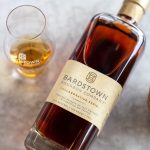
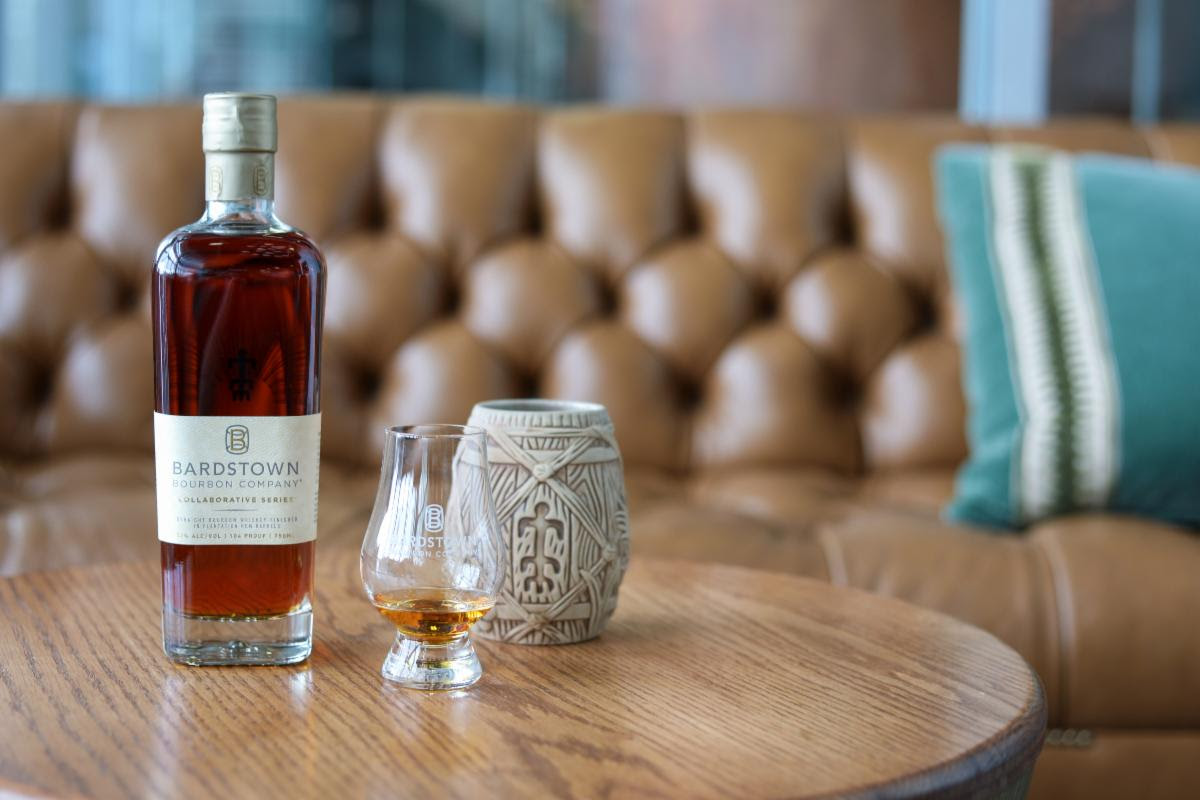
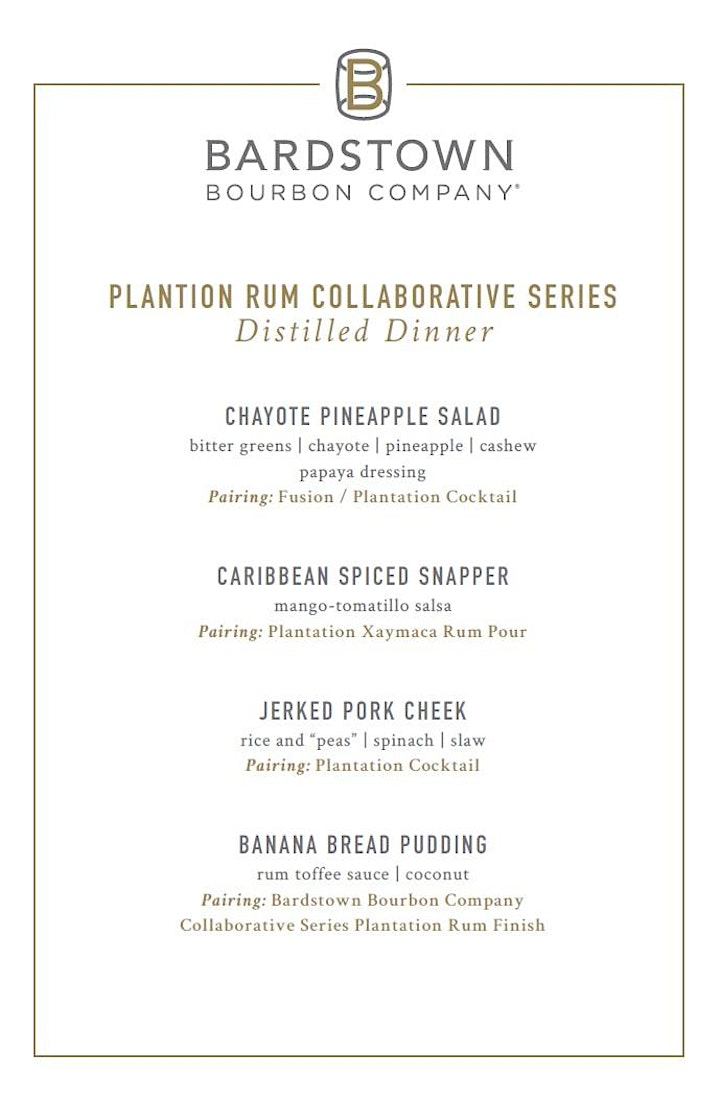
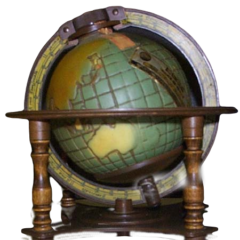
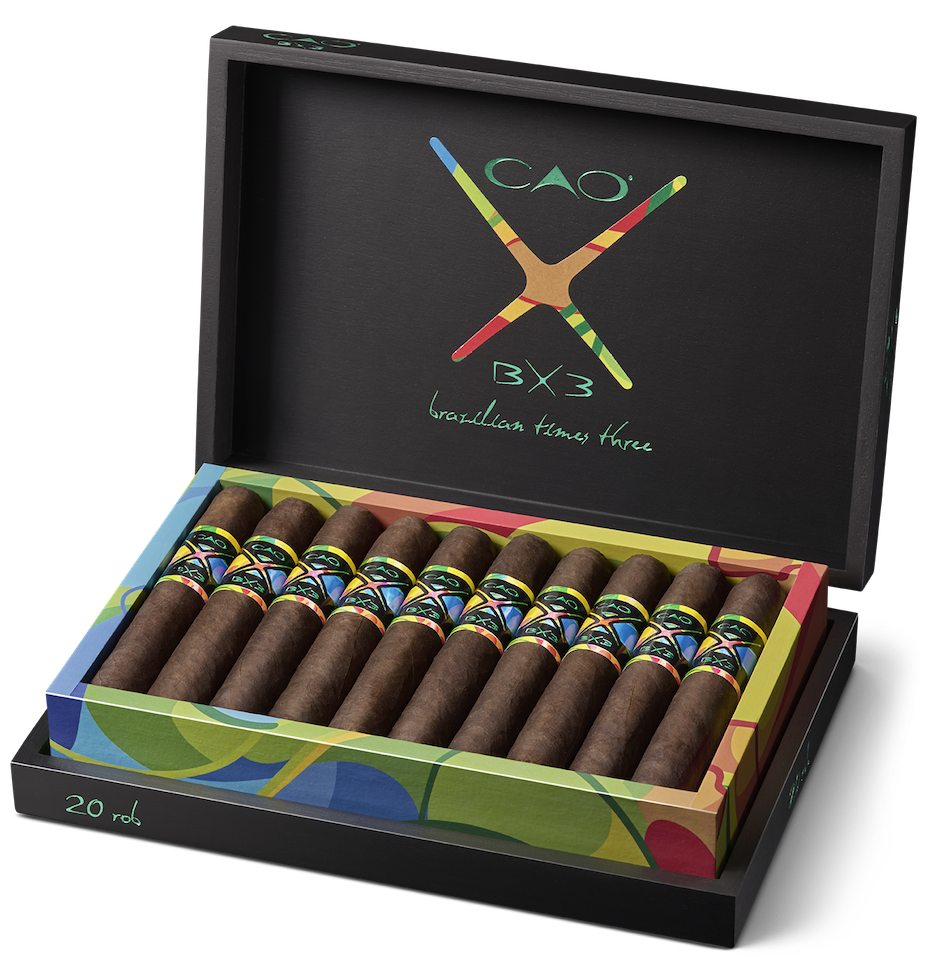

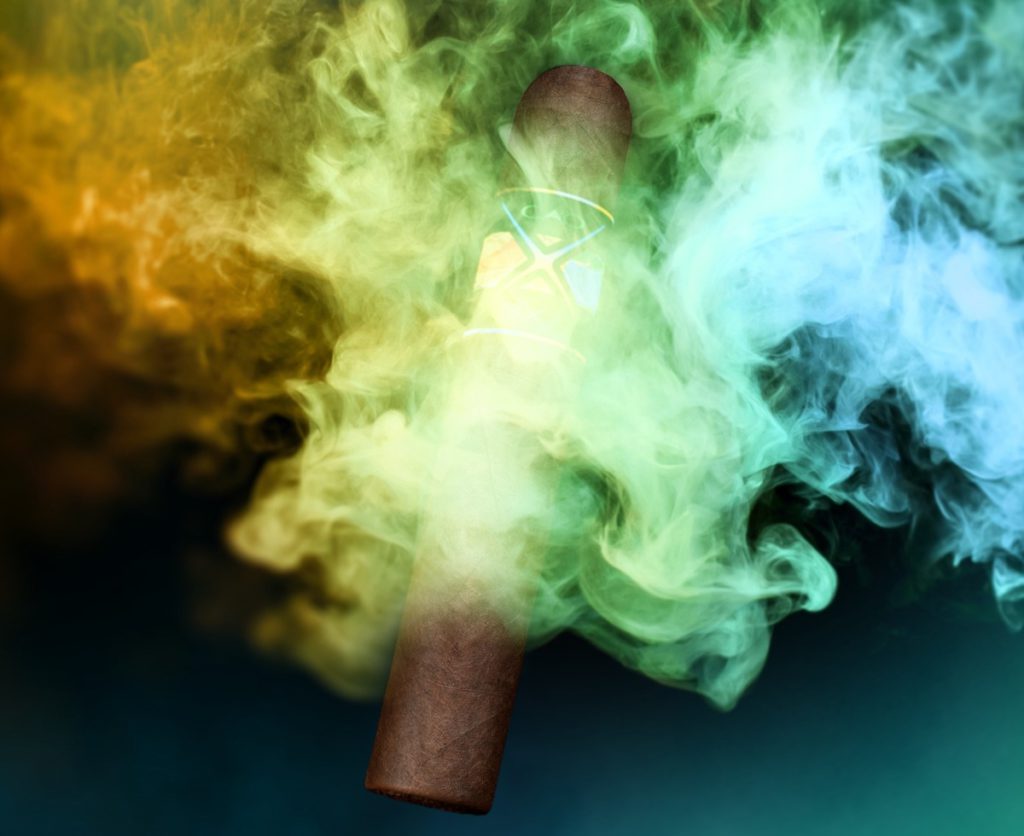
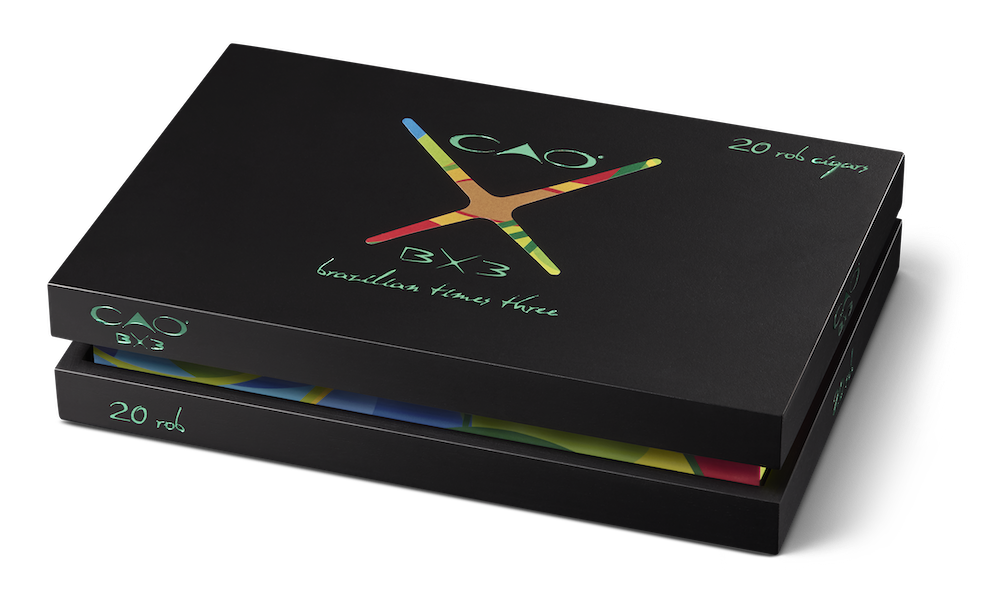
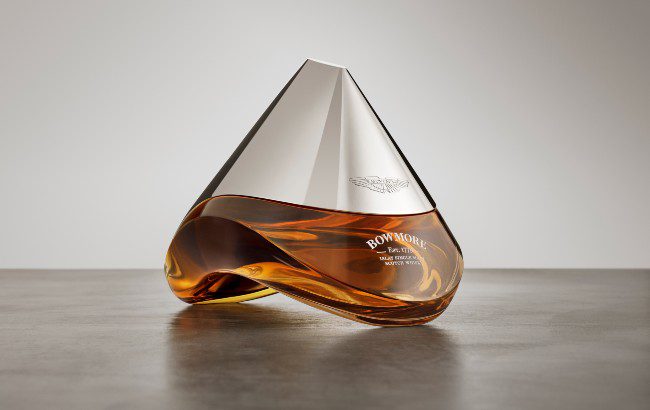
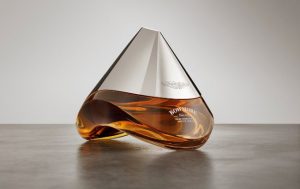













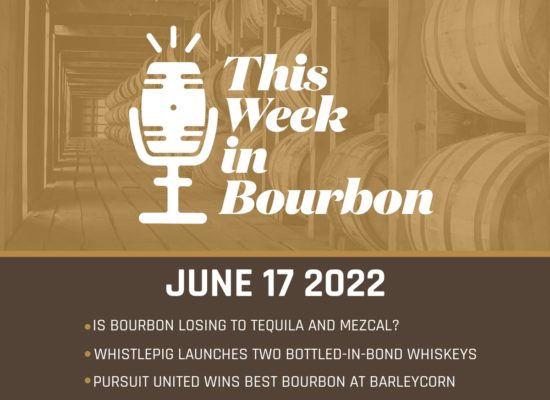
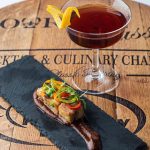 {LOUISVILLE, KY} Tickets are now on sale for the upcoming 10th Anniversary Bourbon Classic, set to take place Feb 22 – 25, 2023. For a first, the weekend main events will commence at the Hyatt Regency Louisville, a fantastic location within easy walking distance to many urban distilleries and downtown attractions. There is a special […]
{LOUISVILLE, KY} Tickets are now on sale for the upcoming 10th Anniversary Bourbon Classic, set to take place Feb 22 – 25, 2023. For a first, the weekend main events will commence at the Hyatt Regency Louisville, a fantastic location within easy walking distance to many urban distilleries and downtown attractions. There is a special […]



